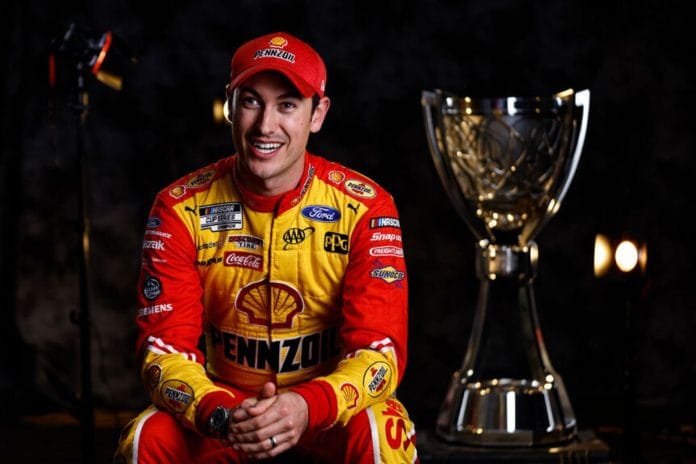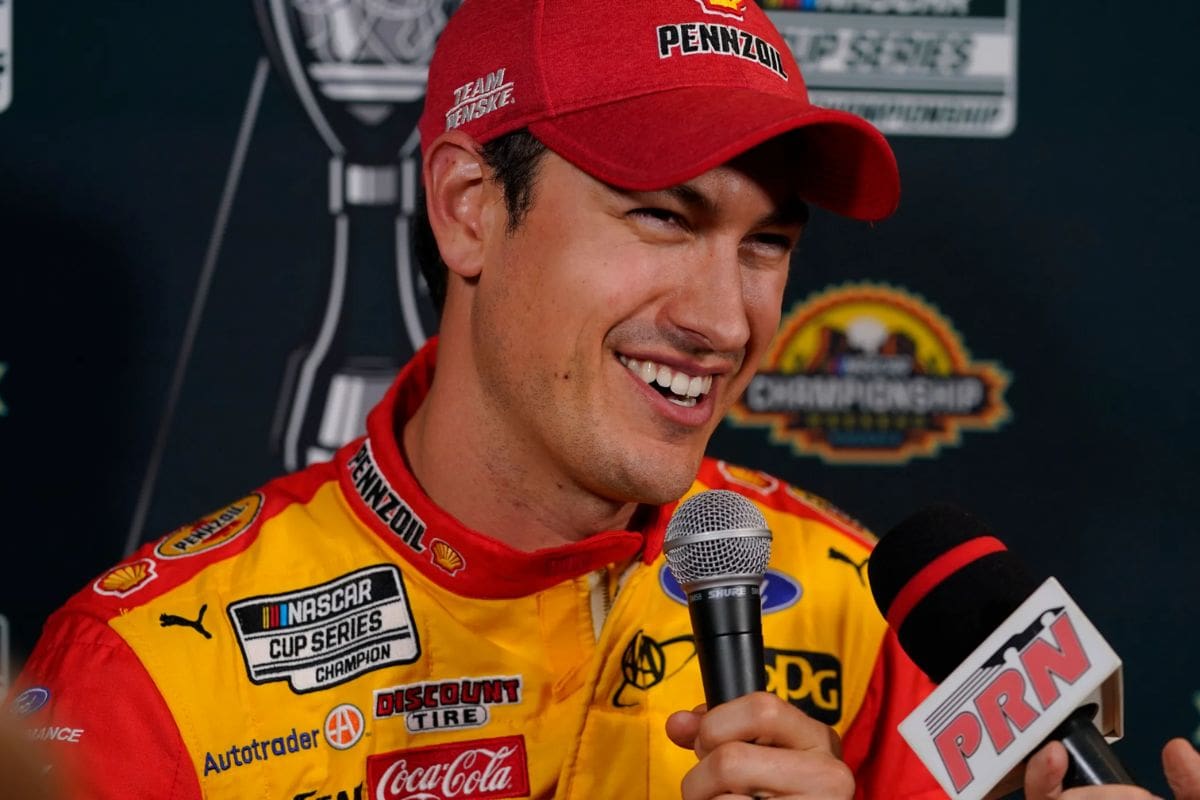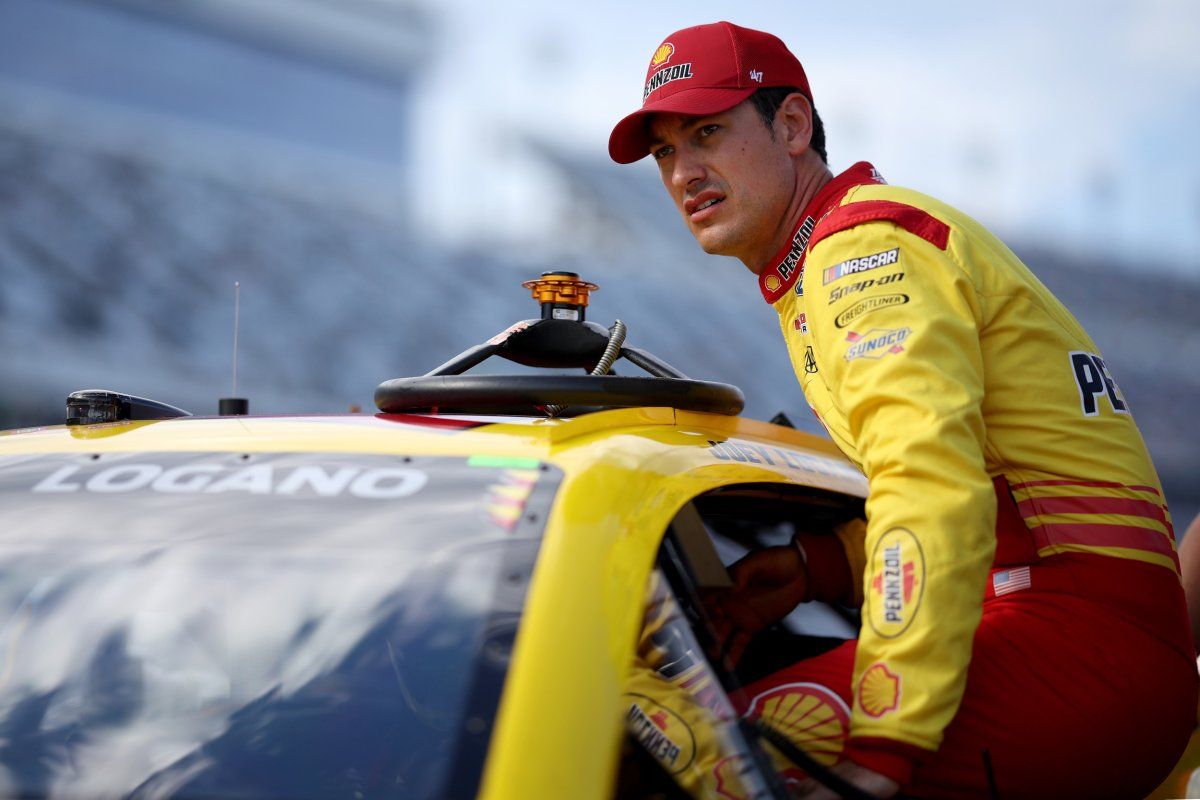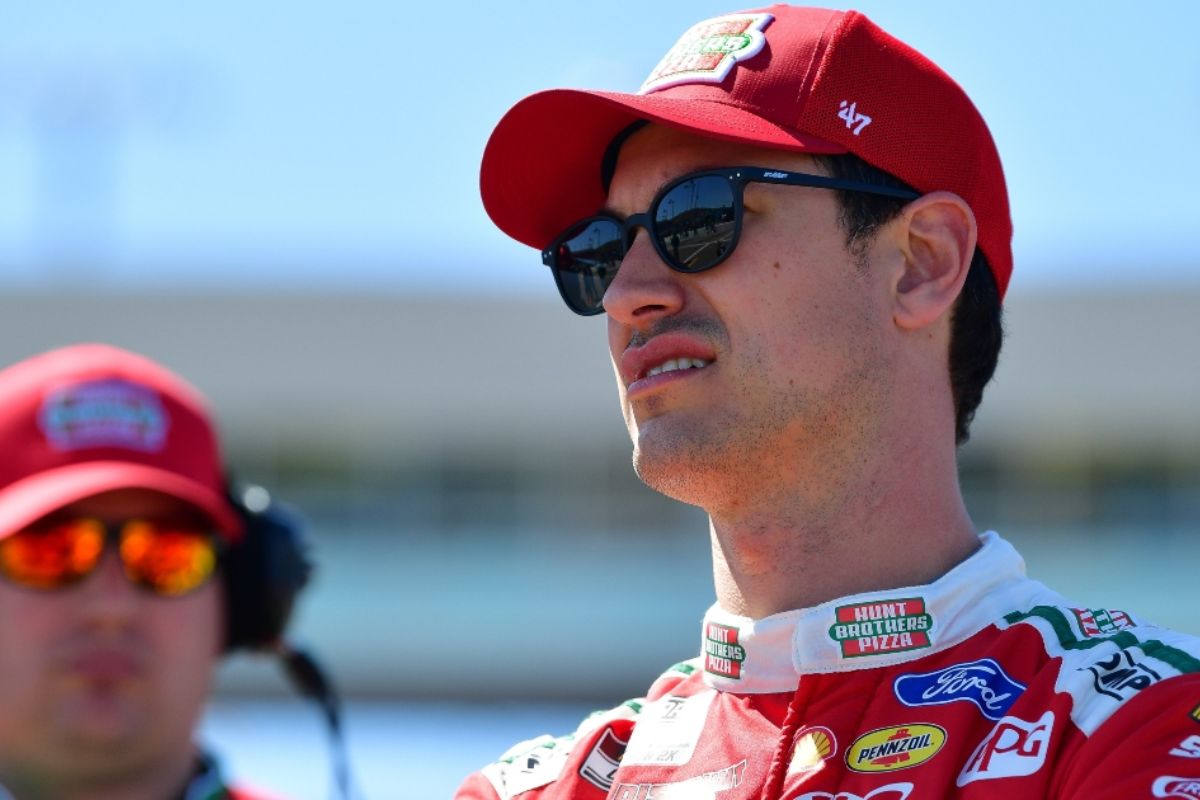Joey Logano on NASCAR’s Transformation: Joey Logano‘s reflections on NASCAR’s evolution highlight a noteworthy shift in the sport’s dynamics, particularly with the introduction of Next-Gen cars. This transformation has altered vehicle performance and redefined competitive strategies among drivers. Logano notes an increase in aggressive driving and a leveling of the playing field, which challenges the dominance once exhibited by individual drivers. As the playoff landscape grows increasingly complex, the implications of these changes raise critical questions about the future of competition in NASCAR. What strategies will be crucial for drivers to thrive in this new era?
Key Highlights
- The transition from Gen 6 to Next Gen cars has significantly improved aerodynamics and created a more level playing field among teams.
- Next Gen cars promote a culture of aggressive driving due to uniform speed and improved durability, changing race dynamics.
- The unpredictability of race outcomes has increased with tighter performance margins and diverse track layouts.
- Driver adaptability and resilience are now crucial for success, making sustained dominance less likely in the current NASCAR landscape.
- Logano emphasizes the importance of teamwork and strategy, particularly in high-stakes races like Watkins Glen amid increased field competitiveness.
Joey Logano Reflects on NASCAR Changes
In reflecting on the groundbreaking changes within NASCAR, Joey Logano offers a detailed perspective shaped by his extensive experience in the sport since 2008. The evolution of NASCAR’s vehicle designs, particularly the shift from Gen 6 to the Next Gen cars, represents a paradigm shift that has fundamentally altered competitive dynamics.
At the outset of his career during the Gen 5 era, Logano has witnessed firsthand how the introduction of the Gen 6 cars marked a considerable leap in both performance and technology. Each generation brought distinct characteristics affecting driving styles, team strategies, and general race outcomes.
Logano emphasizes that the Next Gen cars, introduced in 2022, have not only improved aerodynamics and downforce capabilities but have also incorporated advanced technologies that create a more level playing field. This newfound competitiveness is critical in a sport where marginal gains can dictate race outcomes.
The uniformity in speed across differing teams fosters a more unpredictable and thrilling racing environment, challenging drivers to refine their skills and adapt to constantly changing track conditions.
Moreover, Logano notes the implications of these changes extend beyond the racetrack, influencing fan engagement and the sport’s general popularity. As NASCAR welcomes innovation, it continues to attract a varied audience, ensuring its relevance in an increasingly competitive entertainment landscape.
Impact of Next Gen Cars on Driving Styles
How have the Next Gen cars reshaped driving styles in NASCAR? The introduction of these vehicles has considerably altered the competitive landscape, fostering a culture of aggression that previously marked the sport’s elite.
Joey Logano, once recognized for his own aggressive style, asserts that today, such driving behavior is omnipresent among competitors. The uniform speed afforded by Next Gen cars has diminished the necessity for caution and tactics, as drivers find themselves racing in tightly packed fields where the margins for error have drastically reduced.
“Oh, it’s… 180. I mean it’s completely different. […] Then you brought in the next gen car and it escalated it another knot to where it’s like everyone’s running the same speed, so no one ever does no give and take ever. The cars are tougher than what they were before.” – Logano
Logano points out that the improved durability of these cars has encouraged more contact on the track. Unlike the Gen 6 cars, which were sensitive to even minor collisions—resulting in tire damage or loss of performance—the Next Gen models are more resilient.
“And gosh, if you touch somebody [in Gen 6 cars], it’d knock your sides in or it’d cut left for tire down and that was it. So, it was like no one even touched each other. Now like everybody kind of doing each other here and there, it’s not a thing. You used to not be able to hit the wall at Darlington and not get the right rear tire flat. Now the cars are just tougher and it promotes more and more aggressive racing, which I think is good.” – Logano
How has racing changed since @joeylogano entered the Cup Series?
"Oh, its a 180°" ↪️ pic.twitter.com/LaplfOUXKS
— Dirty Mo Media (@DirtyMoMedia) September 9, 2024
This robustness has led to a paradigm shift where drivers feel emboldened to engage in more physical racing, pushing the limits of their vehicles without the immediate consequence of catastrophic failure. Logano notes that this evolution has transformed how drivers approach racing dynamics, allowing for a more aggressive, less restrained style.
Changes in Dominance and Track Challenges
Joey Logano believes that NASCAR’s previous era of dominance is unlikely to return. In 2021, Kyle Larson won 10 races, including the season finale at Phoenix, showing the possibility of dominance in that era. Furthermore, reflecting on an earlier time, Tony Stewart secured 6 out of the 10 playoff races and emerged as the champion. However, such dominance has become unfeasible with the introduction of Next Gen cars and diverse track layouts.
Ahead of the Atlanta race, during a media session reported by Speedway Digest, Joey Logano commented on the challenges presented by the current playoff schedule: “You look at the playoff schedule and you’ve got two superspeedways and you’ve got two road courses in there. There are some tracks that are pretty unique to say the least and it’s hard to say what can happen in those races. The track schedule is one piece of it but the field being so tight now with this Next Gen car, it’s gonna be really hard to do.”
Upcoming Challenges and Performance at Watkins Glen
With the unpredictability of the current NASCAR landscape, Joey Logano’s upcoming challenge at Watkins Glen looms large as he aims to maintain his position as playoff leader. The road course presents not only a test of driving skill but also tactical insight, particularly given Logano’s average finish of 15.8 at this track.
As he prepares to navigate the complexities of Watkins Glen, there are several factors that could impact his performance.
- Teammate Dynamics: Logano must consider how he can utilize the support of his teammates, much like Ryan Blaney did at Atlanta. Team cohesion may prove essential in executing a successful race strategy.
- Track Characteristics: Watkins Glen’s unique layout requires skilled handling and a keen understanding of tire management. Logano will need to adapt his driving style to optimize performance on this specialized course.
- Field Competitiveness: The introduction of Next Gen cars has intensified competition, making every position harder fought. Logano’s ability to read the race and adjust on the fly will be significant in a closely matched field.
As the playoff leader, Logano faces the dual challenge of maintaining his standings while adapting to the evolving dynamics of the race.
Success at Watkins Glen could solidify his position, but it requires a meticulous approach to both racing and tactics. The stakes are high, and every decision could define his playoff path.
News in Brief: Joey Logano on NASCAR’s Transformation
The evolution of NASCAR, particularly through the introduction of Next Gen cars, has fundamentally altered racing dynamics, highlighting adaptability and tactical collaboration among drivers. The increased competitiveness and differing track challenges have diminished the likelihood of individual dominance, as evidenced by the shifting playoff landscape. As drivers navigate the complexities of multiple racing environments, the focus on performance and teamwork becomes paramount, emphasizing the sport’s ongoing transformation in pursuit of excellence.
ALSO READ: Joey Logano’s Unpaid Debt to Ryan Blaney: How Penske’s Power Duo Gave Ford the Lead





